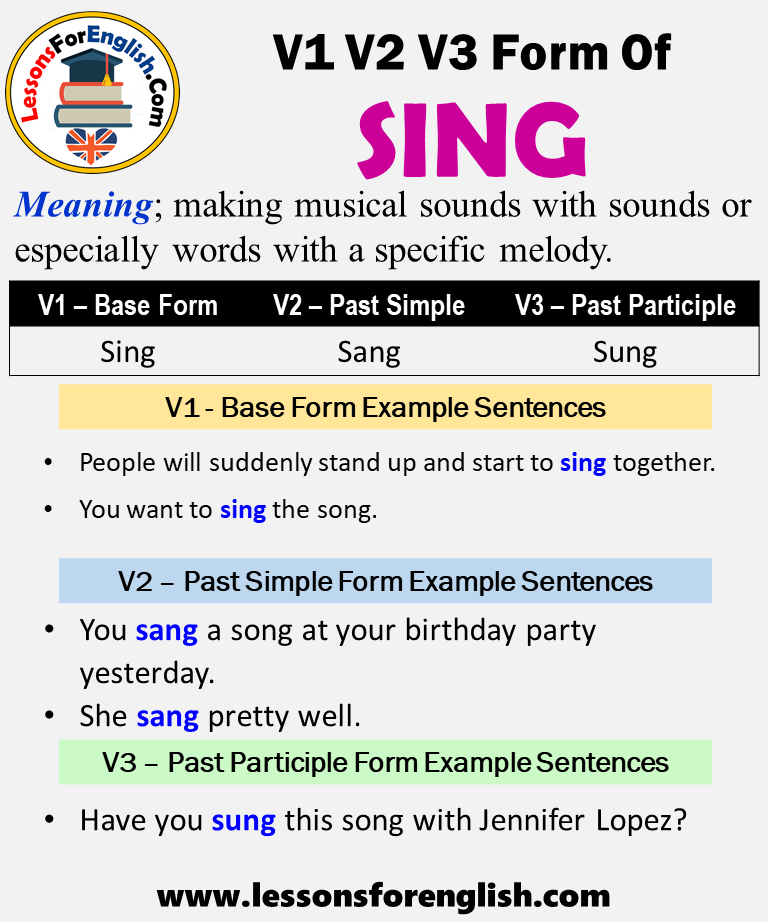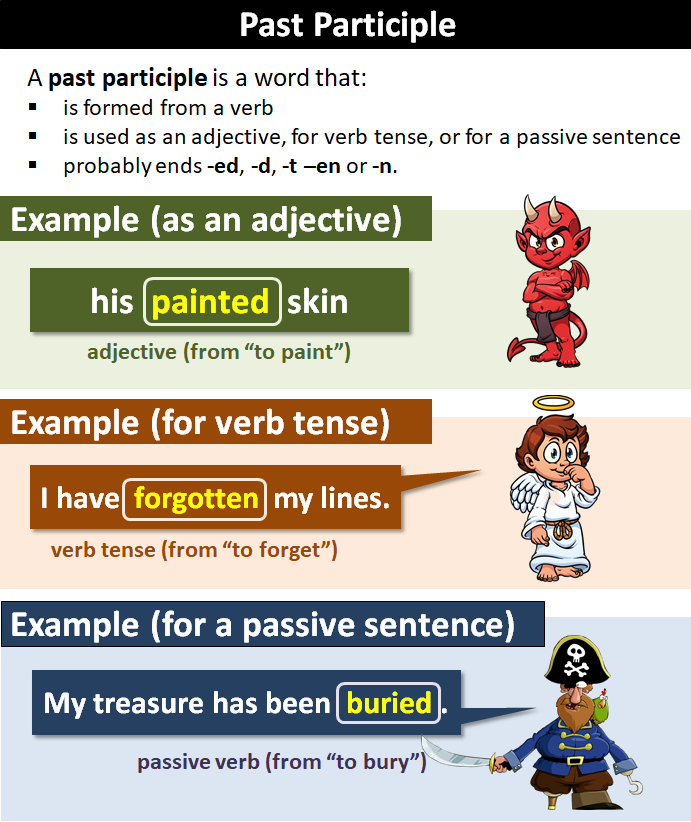

It can also be used to form compound tenses (“Jean had opened the door”) in the passive voice (“The door was opened by Jean”) and sometimes as an adjective (“The opened door allows cold air to enter the room”). In English and French alike, the past participle can denote a past or completed action (e.g., “Jean opened the door”), but that’s not all. ” In French, the typical past participle endings are -é, -i and -u.

The past participle is a verb form that appears in both English and French. In English, the past participle typically ends in “-ed,” as in “walked” or “opened. (Download) What Is the French Past Participle? This blog post is available as a convenient and portable PDF that youĬlick here to get a copy. We’ve got a lot of ground to cover here, so let’s get you up to speed before you fall behind. In fact, it can help you keep up with multiple areas of the language. Really, though, the imparfait (imperfect) is an incredibly useful past tense, rivaled only by the passé composé (compound past) with its past participle, which is super incredibly useful.īut knowing how to form the past participle doesn’t only help you talk about days past. In fact, sometimes they’re rather imperfect. True, one should absolutely live in the present, but things can’t always be so perfect. JanuA Speedy Journey Through 3 French Past Participle Uses


 0 kommentar(er)
0 kommentar(er)
